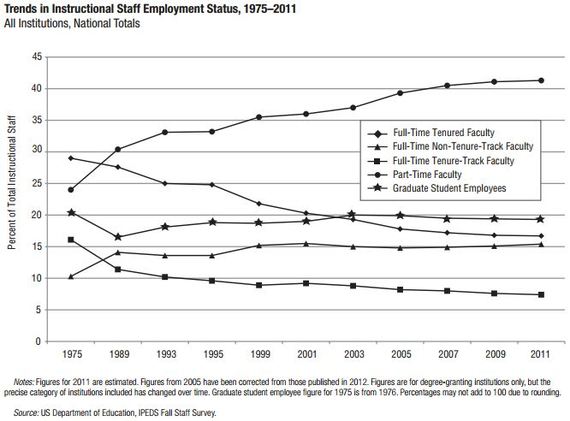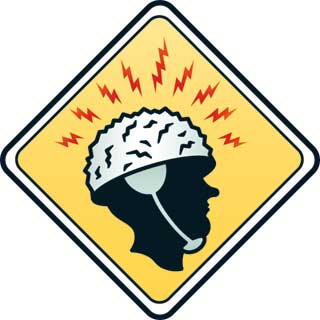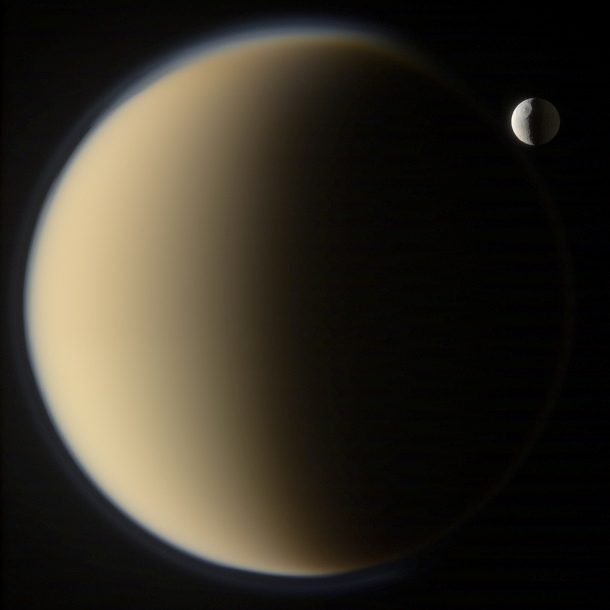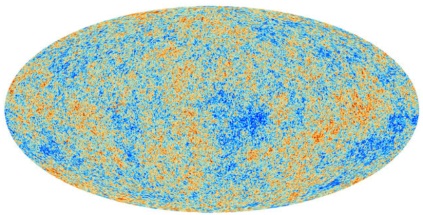
Another one for my burgeoning PhDont tag: Literature professor and Kafka scholar Rebecca Schuman explains once again why getting a humanities PhD is a terrible life decision these days. “No, you will not get a job – In the place of actual jobs are adjunct positions: benefit-free, office-free academic servitude in which you will earn $18,000 a year for the rest of your life.”
What she said: The jobs are not out there, the wheels have come off the tenure-track cart, and many people are in a bad way. I count my lucky stars every day that I had a prior career to fall back on.
Update: “More attorneys are finding themselves in plights similar to that of the thirty-four-year-old lawyer with more than $200,000 in school loans and a job that would never pay enough to retire them: ‘It’s a noose around my neck that I see no way out of.'” As Stephen Harper points out in Salon, law school isn’t the best answer either. “The promise of a secure future at a well-paying job is often illusory. The persistent problem of lawyer oversupply rose to crisis level, and the market for new talent has remained weak…For most of the nation’s forty-four thousand annual graduates today…positions were never there at all.”







